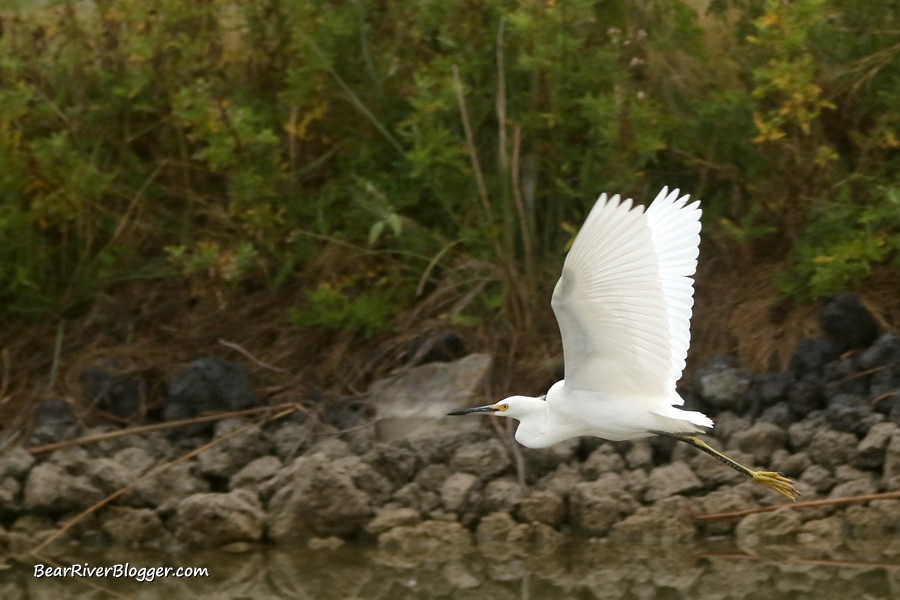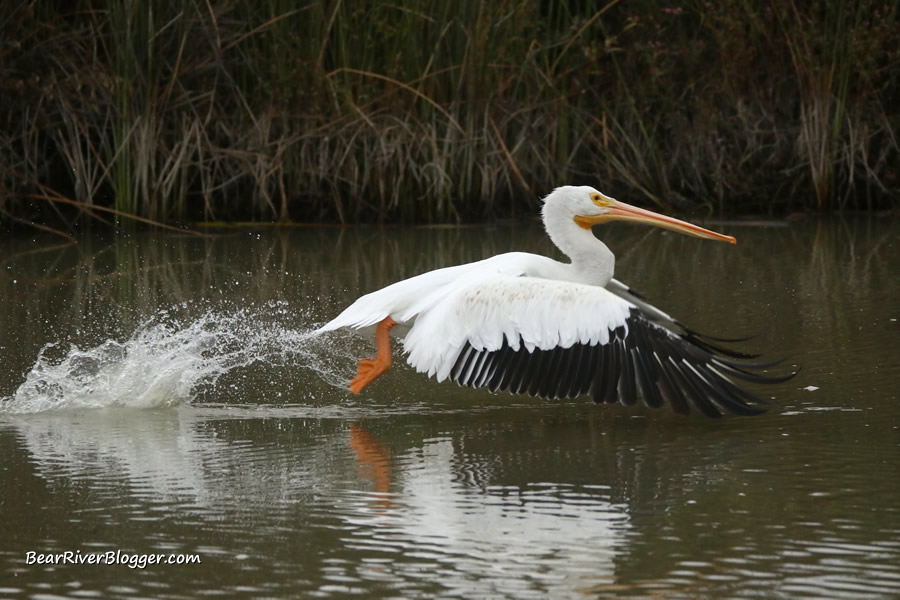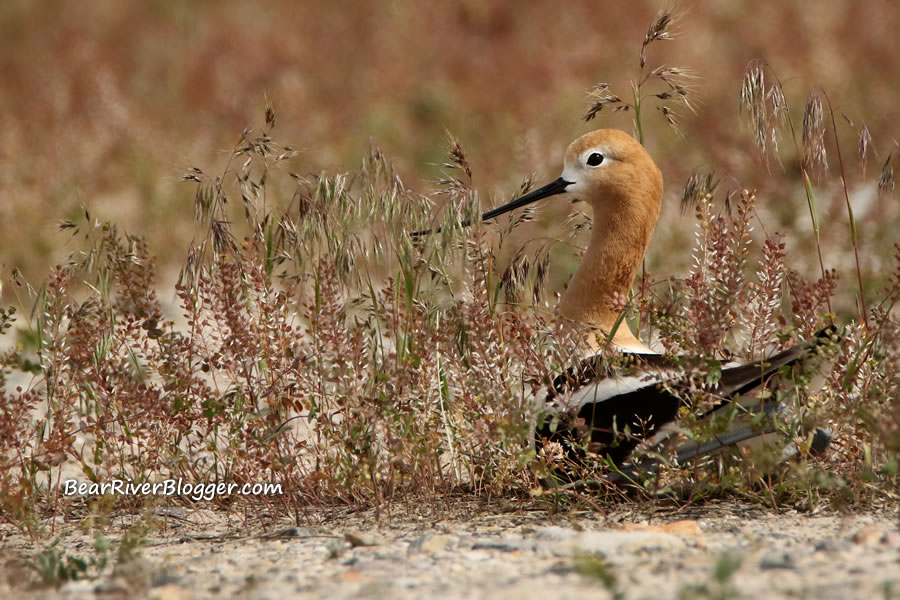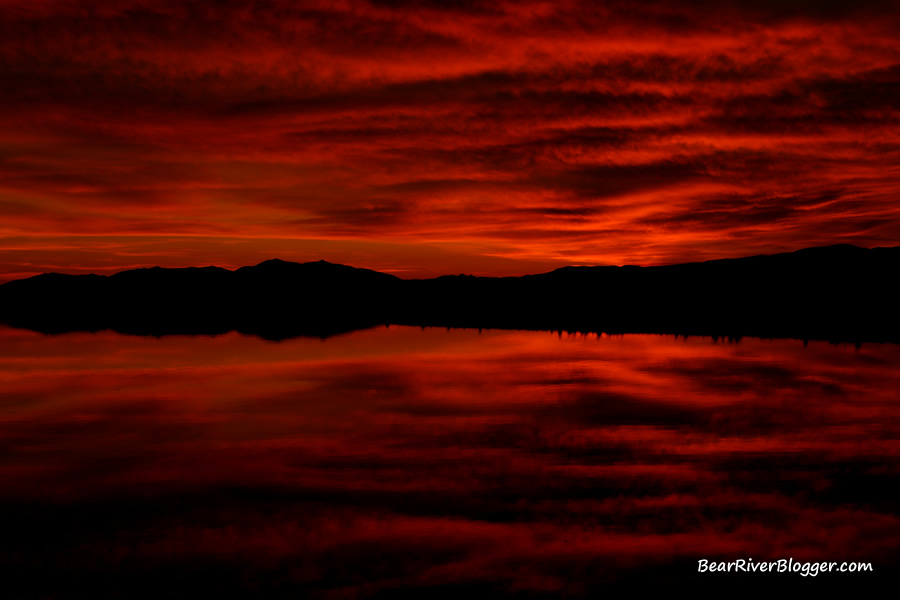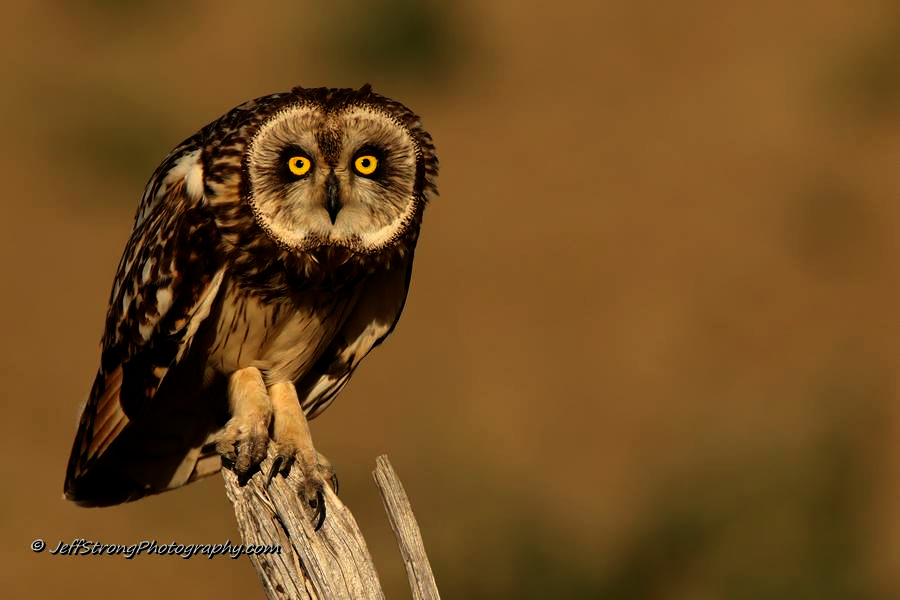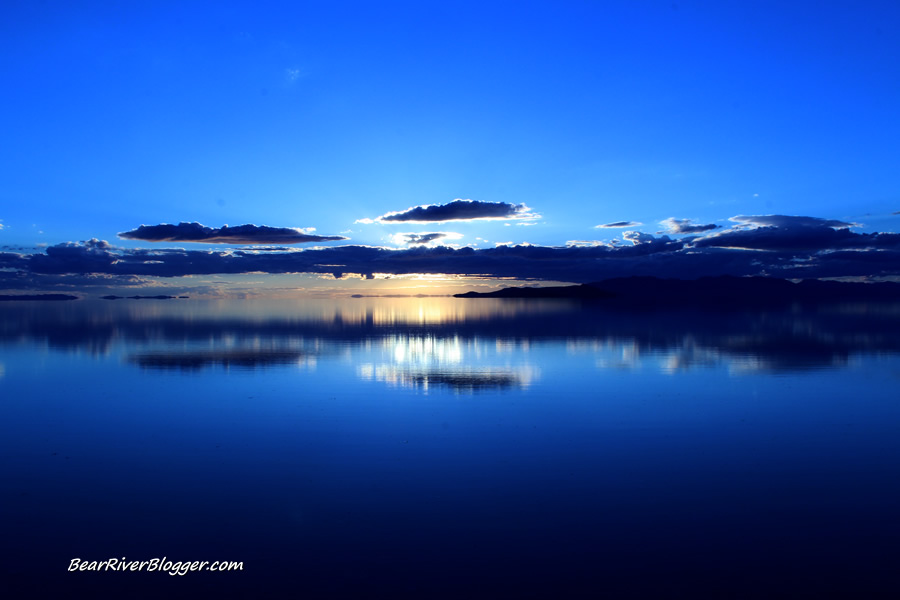I hope you will excuse the sarcastic-looking title for this blog post.
Today was just a very frustrating day for me while trying to photograph birds in flight and I hope this story helps someone else who might be struggling with this particular aspect of bird photography.
When I looked out the window early this morning and decided to do a little bird photography on the Bear River Migratory Bird Refuge, without any question, I knew exactly what I would be getting myself into.
And despite all my intuitions about bird photography telling me not to, I just had to go and do it anyway.
Well, as expected, I ended up paying the price and I’ve got nobody to blame but myself.
As some of my longtime followers of this website know by now, photographing American white pelicans just coming off the water as they take flight is one of my all-time favorite subjects to photograph on the bird refuge auto loop.
The image posted above, one photographed early this morning on the Bear River Migratory Bird Refuge auto tour route, is a good representation of the type of photo I’m referring to but, despite the image initially looking like one of my all-time best pelican photos, it is, unfortunately, nothing more than a very poor flying pelican image at best.
I was actually very hesitant to post this image and even write this blog post because the image is that bad and was such a huge disappointment when I came home and looked at it on the computer.
If you are looking at it on a smartphone you might be wondering what I am talking about.
But if you look at a highly cropped enlarged section of this pelican photo, you can definitely see how soft and out of focus the image really is.
The wings have too much motion blur and the head is very soft as well, both elements I try to avoid when photographing birds in flight.
You want to try and make sure the wings are crisp and sharp and the bird’s head, similar to portrait photography, is also sharp and well-defined.
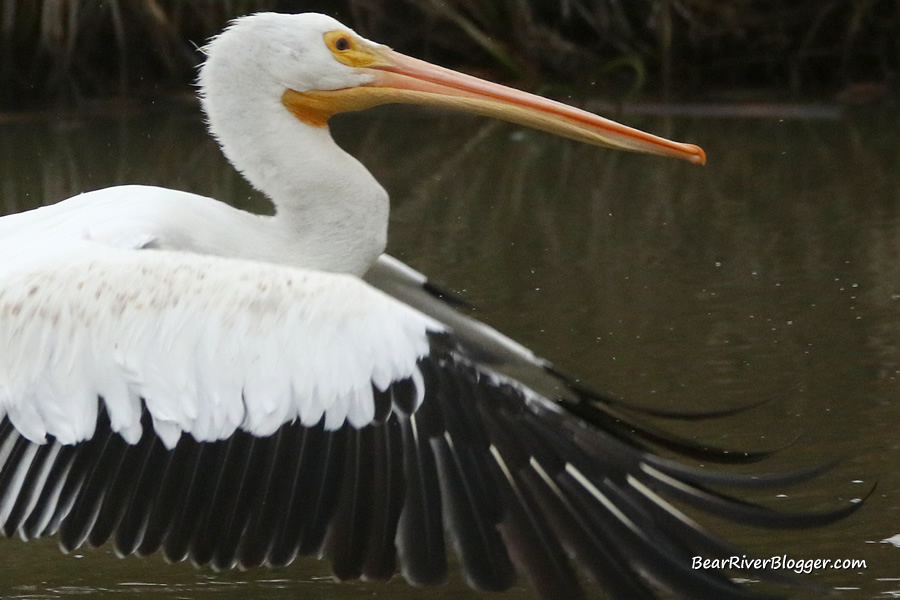
The secret to having crisp, sharp wings on a bird in flight is by photographing flying birds with the absolute fastest shutter speed your current natural lighting conditions will allow without going too high on the ISO setting.
For most birds in flight, I prefer to have a shutter speed of at least 1/2500th of a second whenever possible and even faster if the lighting conditions allow it.
And that, in a nutshell, is the whole reason why I should have listened to my inner self and just stayed home this morning.
Okay, maybe not stay home as I always enjoy a good birdwatching trip around the bird refuge but maybe I should have left the camera at home as I knew darn well how frustrated I get when what should have been a tremendous pelican image was ruined by very poor light.
Due to the low, heavy clouds there just wasn’t enough available light this morning to easily freeze a bird in flight without dialing up the ISO well past my typical limit of 800.
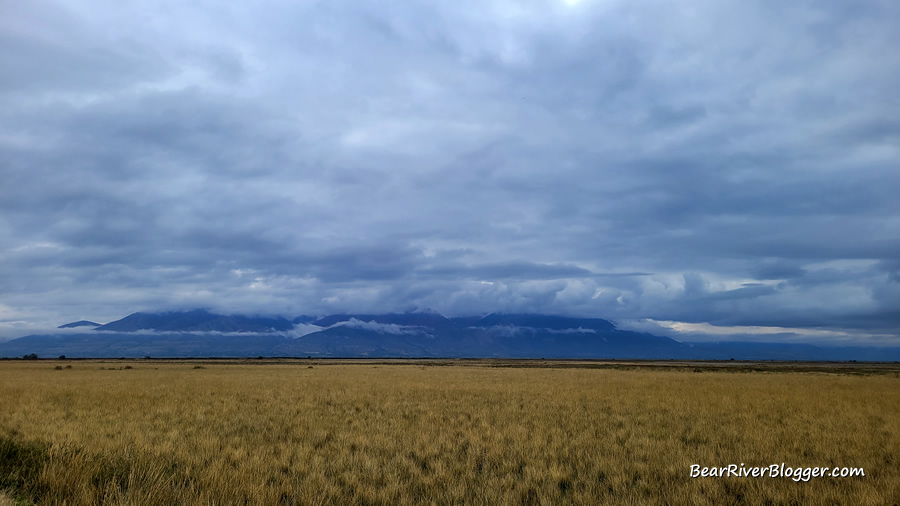
In fact, with the prevailing clouds, I was only able to get 1/1000th of a second shutter speed, a shutter speed setting much too slow for flying birds, when I doubled the ISO to 1600 while keeping the aperture wide open at f5.6.
I know what many photographers are saying right now and, yes, there is always the option of turning up the ISO even higher to get the desired shutter speed.
In fact, after I immediately reviewed the images and realized how poor they were I was determined to not leave the bird refuge until I came home with at least one decent flying bird photograph so, well, I did just that and raised my camera’s ISO to 2500 and headed off to find another pelican on the wing I could photograph.
Unfortunately, however, that was the only opportunity I found to even get close to a pelican as many of them had already migrated south for the winter, leaving only a handful of American white pelicans scattered over distant parts of the refuge in recent days.
All was not lost, however, as another one of my favorite birds to photograph, a very patient great blue heron, gave me a good bird on the wing opportunity for a photograph or two.
But with even cranking the ISO to 2500 I was still only able to get 1/1600th of a second for a shutter speed with the same wide open aperture at f5.6.
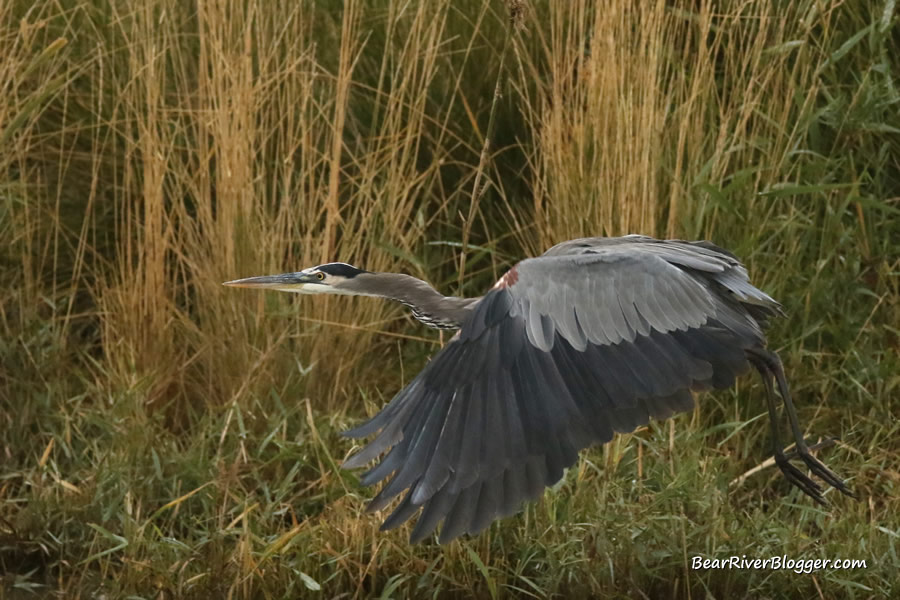
With the generally slower wingbeats of the heron, the 1/1600 shutter speed was, well, adequate to stop enough wing motion but there ended up being another problem as to why the image is fair at best.
Even with my Canon 7D mkii, one of the best crop sensor cameras Canon has produced, there was still far too much noise in the image despite this particular camera model having a much better light sensor than most other cameras in its category.
The great blue heron image definitely is a lot better than the pelican image for sure, but neither image is what I would refer to as great due to different reasons stemming from just photographing flying birds on a cloudy day.
So from both of these flying bird images photographed this morning on the Bear River Migratory Bird Refuge auto tour route you can see just how frustrating and nearly pointless it is to try and photograph a flying bird in very low light while expecting anything better than a soft, blurry image at best.
But as I said many times before, even a bad day of bird photography on the Bear River Migratory Bird Refuge auto tour route is better than, well, no day of photography on the auto loop, or anywhere else for that matter.
It just means we shouldn’t have such high expectations when, as I did today, I knew without a doubt any images I came home with would be soft and blurry, and they most certainly were.
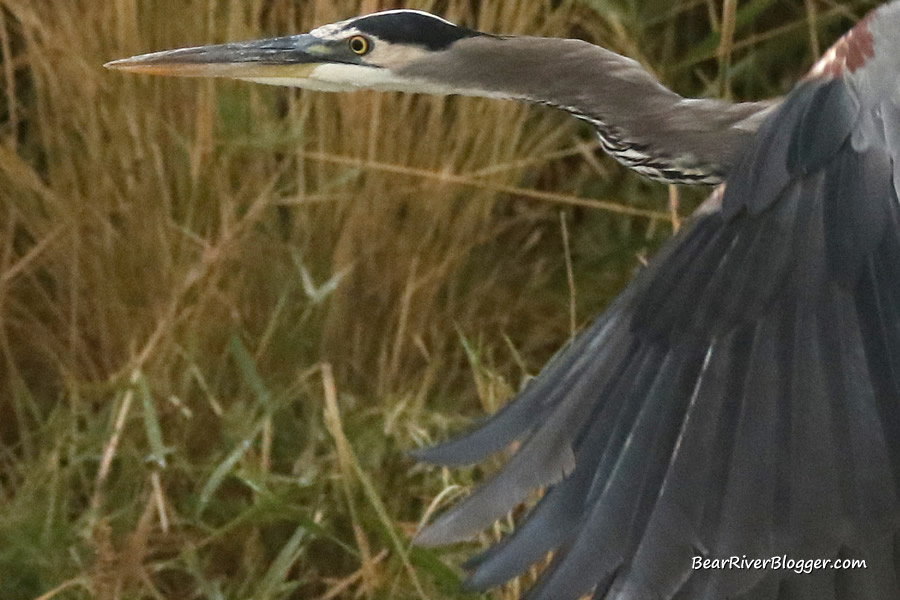
As a photographer who always likes to come home with sharp, clean images, sometimes I think it is better to leave the camera at home on cloudy days and just go and enjoy the birdwatching by itself.
But as an avid nature photographer, truthfully, leaving the camera at home is actually kind of hard for me to do, especially considering I need it for all of my blog posts.
So, much like I did today, in fact, I end up talking myself into bringing the camera “just in case” I come across something incredible and I want to photograph it, knowing all too well how the resulting images will turn out and how frustrated I become afterward.
If you are like me, one who enjoys birdwatching and/or nature photography, I offer you to head on over to our subscribe page and sign up for email notifications for future blog posts.
And if you are into social media we now have a small but growing Bear River Blogger Facebook page so head on over and follow us there as well and show us some of your bird and nature photos.
(Birdwatching American White Pelicans. For short nature clips like this one and interesting stories about the natural world around us, check out our Bear River Blogger channel on YouTube for videos and updates from our travels while out in nature, both on and off of the famed Bear River Migratory Bird Refuge.)
